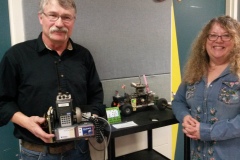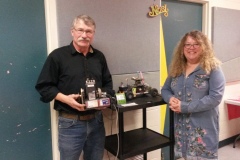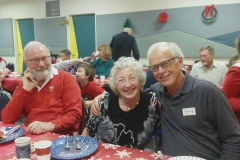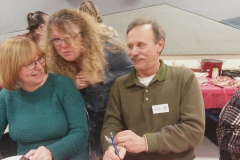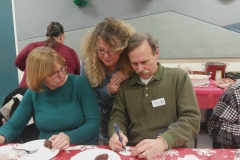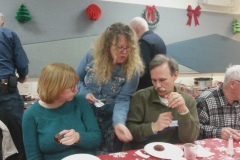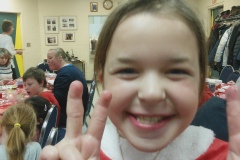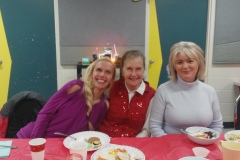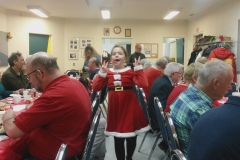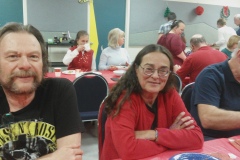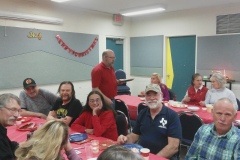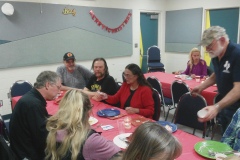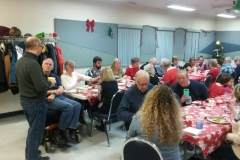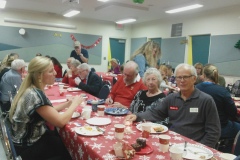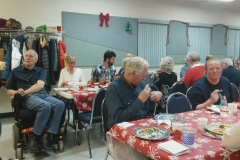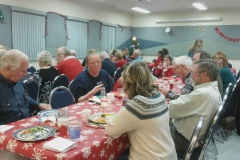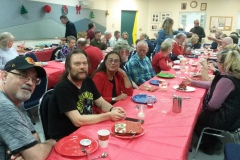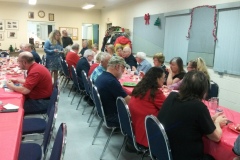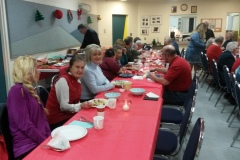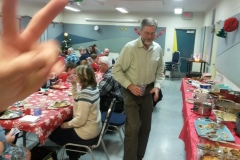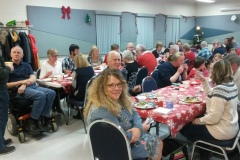- Home
- Registration
- Site Tools
- Articles
- Swap n Shop
- Contesting
- Grounding information for everyone
- History of the Central Alberta Amateur Radio Club
- CAARC owned Repeaters
- Club Repeater Info
- GMT Time Conversion Table
- VE/VA6 Incoming QSL Bureau
- Pine Lake Tornado Friday July 14, 2000.
- Amateur Radio to the Rescue
- CANWARN
- HAM Nation with Bob Heil K9EID
- Net info
- Events.
- ARES
- Links and On line study course.
- Field Day 2019
- Members D/L
- Forum/Swap and Shop
VE6BLD
Welcome to the CAARC web site. I have been a Ham since 1978 and I am active on most modes from HF to UHF Satellite communications.
Posts by VE6BLD
Central Alberta Amateur Radio Club Fathers Day June Picnic
Apr 12th
Please be advised, the Central Alberta Amateur Radio Club Fathers Day June Picnic has been cancelled till 2021 due to Covid-19.
Swap and Shop/FORUM is now active ( logged in members only)
Apr 6th
I have finished installing and configuring a new Swap and Shop and Forum.
Click on the top right menu FORUM/SWAP AND SHOP (MEMBERS ONLY) and try the new forum.
YOU MUST BE LOGGED IN TO THIS WEB SITE AS A MEMBER TO USE.
Logged in members can now add and see any approved pictures included with your forum post
If you had any previous forum and or swap and shop postings still on your computer you will now be able to re-post them on the new swap and shop or add any new items .
Any new suggestions for forum topics will be considered
Thanks
Bob Web site administrator
‘I thought it was a dying art’: Why this Hamilton veteran wants to revive ham radio
Dec 31st
‘I thought it was a dying art’: Why this Hamilton veteran wants to revive ham radio
Click this link for the whole story
The Annual CAARC Christmas Pot Luck Supper
Dec 4th
The Annual CAARC Christmas Pot Luck Supper
was held on Sunday December 1st in east Red Deer at the
Eastview Estates Community Association Center.
About 43 people enjoyed a tremendous pot luck supper with ham turkey and tons of other dishes. Marvin VE6CJY was the lucky winner of the new and old GIZMO.
New CAARC Executive 2019 – 2020
Nov 27th
New web site encryption coming soon.
Oct 31st
Within the next week or so dreamhost will be adding secure hosting (https) to all customer subdomains hosted on either dreamhosters.com or dream.press, Traffic to and from this site will soon be encrypted by default, ensuring that its contents can’t be intercepted en route by any unauthorized third parties on the web.
That’s right – visitors to this site will start to see the little green lock icon next to your web address in their browser.
You will see no downtime as a result of this change. You’ll simply start receiving the benefit of encrypted transmissions within the next few weeks.
Thankyou
VE6BLD
Web Site Administrator
Field Day 2019– 99 pictures.
Jun 28th
I finally found a new Gallery widget to add multiple pictures at a time!! Check out the field day pictures by clicking the Field Day 2019 TAB right of the Swap and Shop. Thanks to Bob VE6BLD, John VA6SJA and Ray VA6RSO for the pictures.
Click any picture or click View Slideshow below the pictures.
Bob VE6BLD
HAM RADIO 2019 in Friedrichshafen Reports 14,300 Attended from 50 Countries
Jun 28th
06/27/2019
While thousands were enjoying ARRL Field Day over the June 21 – 23 weekend, some 14,300 visitors from more than 50 countries arrived on the shores of Lake Constance in Friedrichshafen, Germany, for HAM RADIO 2019. Show officials said this 44th event attracted about 400 more visitors this year. The previously reported 2018 attendance of 15,460 included radio amateurs, invited Scouts, and attendees at the concurrent and co-located Maker Faire, which did not take place at this year’s show. This year’s show boasted 184 exhibitors and associations from 32 countries.
ARRL fielded a contingent of representatives to HAM RADIO 2019, headed by President Rick Roderick, K5UR.
“The ARRL booth was busy,†reported ARRL Product Development Manager Bob Inderbitzen, NQ1R. “Many international attendees joined ARRL or renewed their memberships. It was nice to meet so many radio amateurs from around the globe.â€
Inderbitzen said a substantial line formed on Friday and Saturday morning as applicants for DXCC and other popular ARRL Award programs queued up to have their QSL cards verified by volunteer ARRL Card Checkers. Some 40 candidates sat for their US license examinations on Saturday, organized by ARRL Volunteer Examiner team leader Manfred Lauterborn, DK2PZ/K2PZ.
Inderbitzen added that many international attendees joined ARRL or renewed their memberships. “QST is enjoyed the world over,†he said. ARRL has nearly 9,000 international members.
Inderbitzen also said he was struck by the large number of younger attendees. “Many of these young radio amateurs and prospective hams attended Ham Camp,†Inderbitzen said. “A large contingent representing Youngsters on the Air (YOTA), an initiative of IARU Region 1, helped promote the 2019 YOTA summer camp, August 11 – 17 in Bulgaria. During HAM RADIO, young hams carried the YOTA flag to each of the stands organized by International Amateur Radio Union (IARU) member-societies, gathering crowds to cheer on the young hams.â€
ARRL representatives attending the convention in Germany also included International Affairs Vice President Jay Bellows, K0QB; CEO Howard Michel, WB2ITX, and Regulatory Information Manager Dan Henderson, N1ND.
HAM RADIO 2020 will take place June 26 – 28.

Astronaut Owen Garriott, W5LFL, SK
Apr 16th
Amateur Radio in Space Pioneer Astronaut Owen Garriott, W5LFL, SK

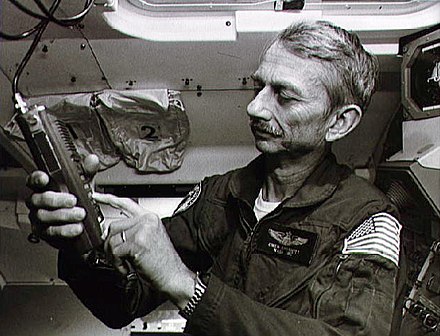
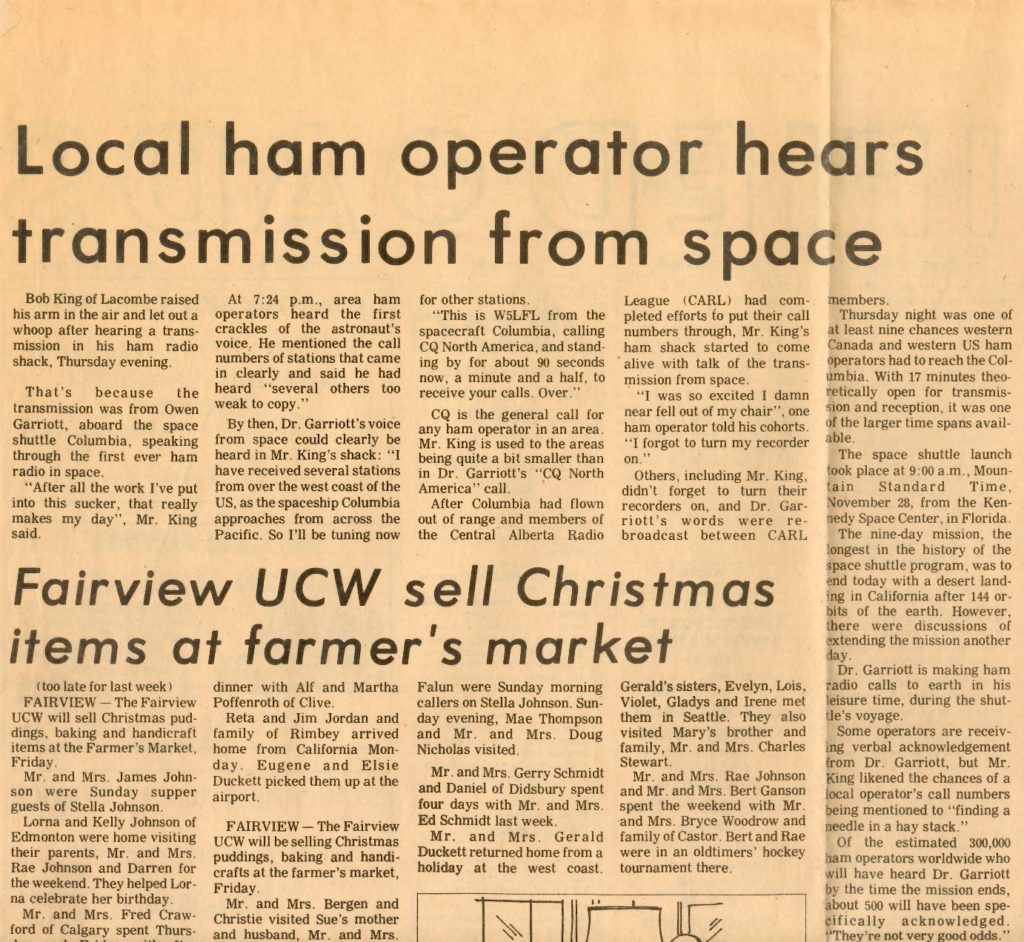
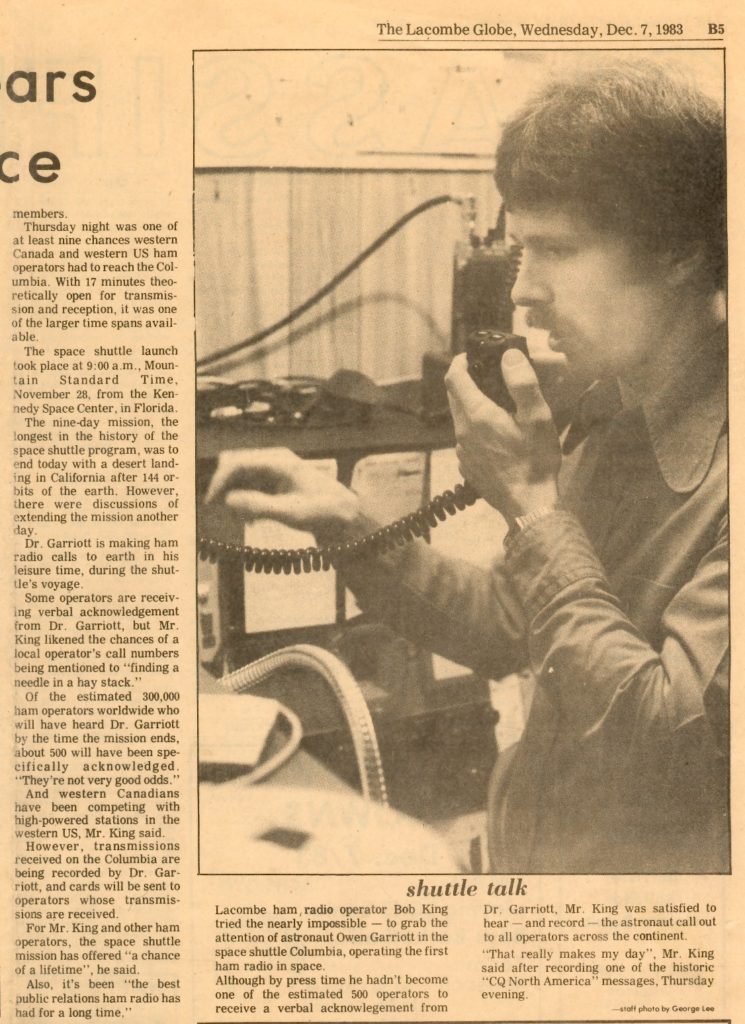
04/15/2019
The US astronaut who pioneered the use of Amateur Radio to make contacts from space — Owen K. Garriott, W5LFL — died April 15 at his home in Huntsville, Alabama. He was 88. Garriott’s ham radio activity ushered in the formal establishment of Amateur Radio in space, first as SAREX — the Shuttle Amateur Radio Experiment, and later as ARISS — Amateur Radio on the International Space Station.
“Owen Garriott was a good friend and an incredible astronaut,†fellow astronaut Buzz Aldrin tweeted. “I have a great sadness as I learn of his passing today. Godspeed Owen.â€
An Oklahoma native, Garriott — an electrical engineer — spent 2 months aboard the Skylab space station in 1973 and 10 days aboard Spacelab-1 during a 1983 Space Shuttle Columbia mission. It was during the latter mission that Garriott thrilled radio amateurs around the world by making the first contacts from space. Thousands of hams listened on 2-meter FM, hoping to hear him or to make a contact. Garriott ended up working stations around the globe, among them such notables as the late King Hussein, JY1, of Jordan, and the late US Senator Barry Goldwater, K7UGA. He also made the first CW contact from space. Garriott called hamming from space “a pleasant pastime.â€
“I managed to do it in my off-duty hours, and it was a pleasure to get involved in it and to talk with people who are as interested in space as the 100,000 hams on the ground seemed to be,†he said in an interview published in the February 1984 edition of QST. “So, it was just a pleasant experience, the hamming in particular, all the way around.â€
Although Garriott had planned to operate on ham radio during his 10 days in space, no special provisions were made on board the spacecraft in terms of equipment — unlike the situation today on the International Space Station. Garriott simply used a hand-held transceiver with its antenna in the window of Spacelab-1. His first pass was down the US West Coast.
“[A]s I approached the US, I began to hear stations that were trying to reach me,†he told QST. “On my very first CQ, there were plenty of stations responding.†His first contact was with Lance Collister, WA1JXN, in Montana.
ARISS ARRL Representative Rosalie White, K1STO, met Garriott when he attended Hamvention, “both times, sitting next to him at Hamvention dinner banquets,†she recounted. “Once when he was a Special Achievement Award winner, and once with him and [his son] Richard when Richard won the 2009 Special Achievement Award. Owen was unassuming, very smart, kind, and up to date on the latest technology.†Garriott shared a Hamvention Special Achievement Award in 2002 with fellow Amateur Radio astronaut Tony England, W0ORE.
Richard Garriott, W5KWQ, was a private space traveler to the ISS, flown there by the Russian Federal Space Agency, and he also carried ham radio into space.


